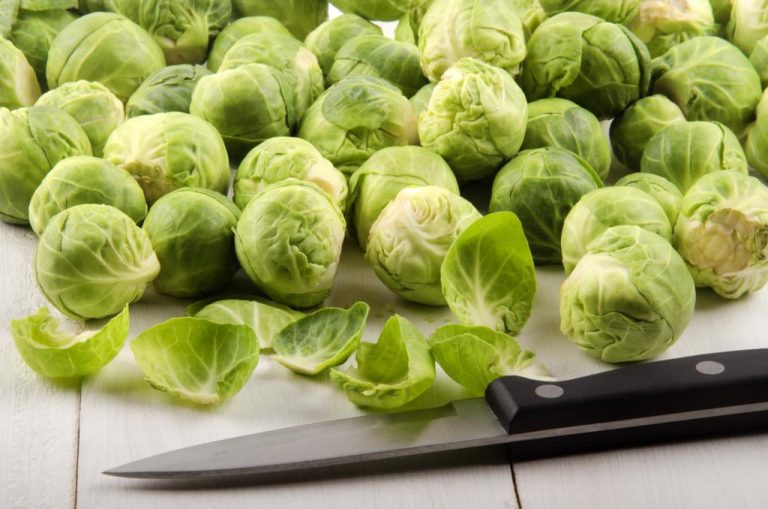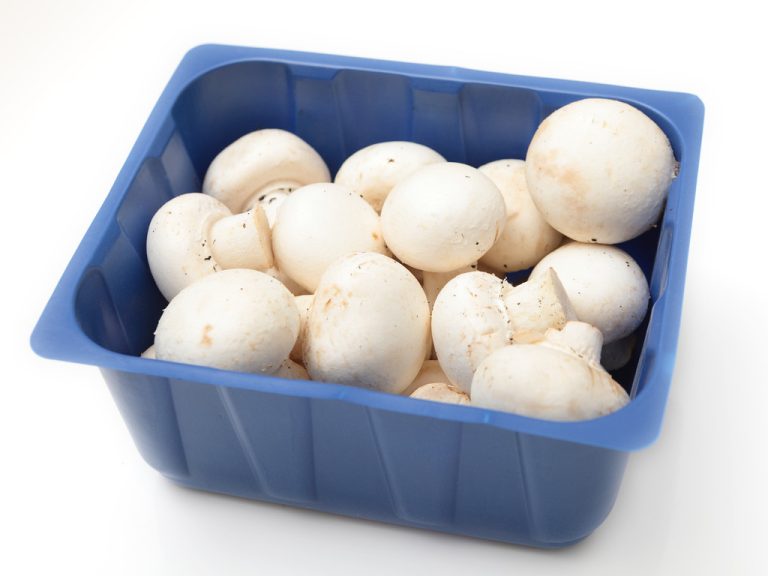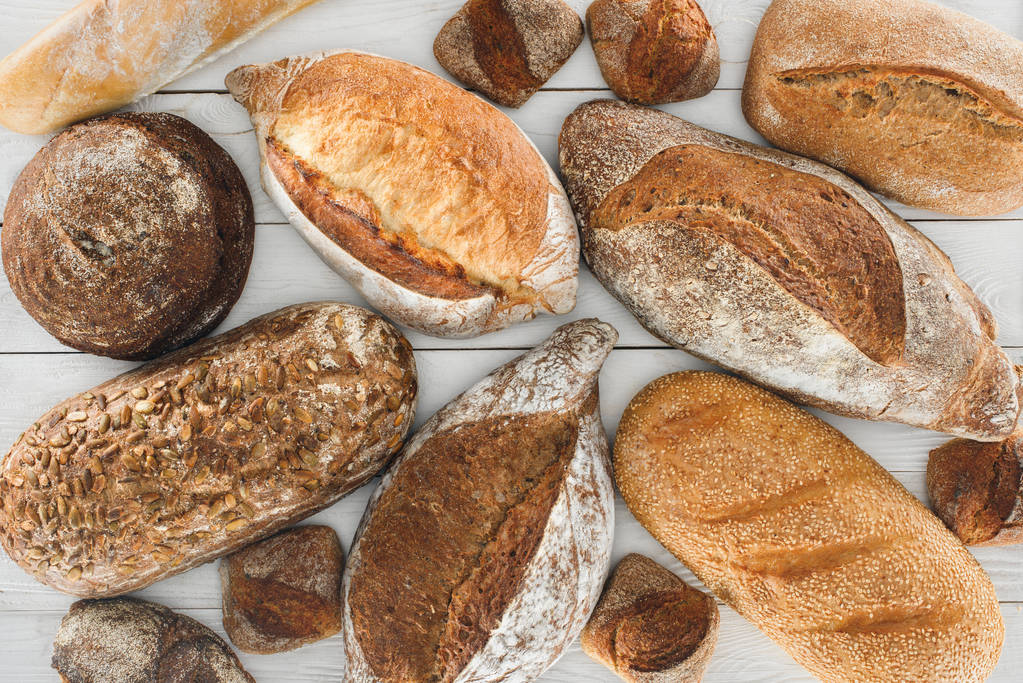Leftover Brussels sprouts can be easily frozen: we will show you how to preserve the green winter vegetables for a long time and what you need to consider when freezing.
Brussels sprouts can be prepared in many ways – the winter vegetable is also very rich in vitamins and nutrients. If you have your own plant in the garden, you will quickly notice how productive it is: A single Brussels sprouts plant can produce up to 40 florets. If you can’t use up the entire harvest at once, it’s worth freezing Brussels sprouts – we’ll explain how to do that here.

Freezing Brussels sprouts: Clean and blanch
Before you freeze the Brussels sprouts, you should prepare them well:
First, the Brussels sprouts must be cleaned thoroughly. To do this, cut off the stalk and remove the withered and outer leaves.
Wash the Brussels sprouts in a large bowl of lukewarm water or rinse them under the faucet.
In the last preparatory step, you blanch the Brussels sprouts: Put them in a pot of boiling salted water for two minutes. Then scare him off with cold water.
Tip: This is how frozen Brussels sprouts don’t stick together
To prevent the florets from freezing together in the freezer, you should snap freeze them. This way you can always take as many florets out of the glass as you need later.
How it works:
Drain the Brussels sprouts or dry them with paper towels.
Line a baking sheet with parchment paper. If you don’t have a baking sheet at hand, you can also use a board or a large plate.
Arrange the florets on the tray so they don’t touch each other.
Now place the tray in the freezer or freezer for 1.5 to 2 hours. It is best to set your device to a particularly low temperature during this time.
When you take it out again, the Brussels sprouts are flash frozen. You can now freeze it as normal.

Freezing Brussels sprouts: Here’s how
How to freeze Brussels sprouts:
Store the Brussels sprouts in freezer-safe containers. If you haven’t flash frozen it, you should fill the Brussels sprouts in portion sizes – otherwise there will be some left over after defrosting.
Now place the filled containers in your freezer compartment.
The Brussels sprouts can now be kept for at least half a year. Later, thaw it directly in boiling water.



























